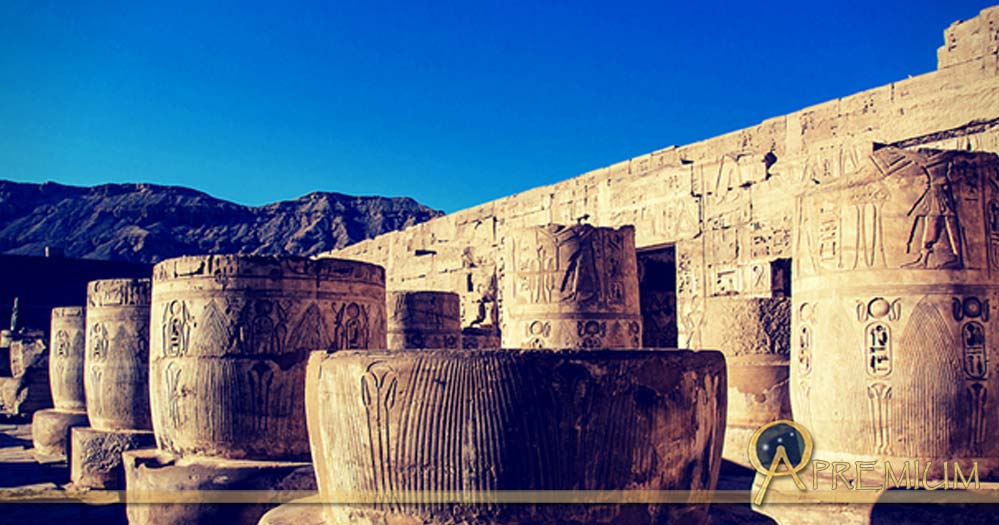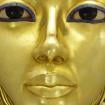Ramesses III and the Harem Conspiracy: Diabolic Plot to Kill the Living Horus Unfolds – Part I
The collapse of the Late Bronze Age world brought chaos to the shores of ancient Egypt. Vibrant trade and tributes from Near Eastern lands had all but ceased after the Sea Peoples decimated those kingdoms. Droughts that arose from climatic changes greatly hindered the production and distribution of food grains; and internal turmoil brewed owing to extraordinary economic hardship. In the midst of this period of enormous difficulties, in early April circa 1155 BC, a band of treacherous conspirators, including royals and palace staff, unleashed a diabolic plot which probably led to the death of the Living Horus. Little could the hapless victim, Ramesses III – often called the last great pharaoh – who had repeatedly and successfully crushed invasion attempts by multiple enemies of Egypt on land and at sea throughout his reign, have known that he was at his most vulnerable in his own royal palace.

Belzoni retrieved the great granite lid of Ramesses III’s sarcophagus from the king’s tomb in 1815, which he then presented to the Fitzwilliam Museum, Cambridge, in 1823 (Henry Salt collected the sarcophagus box and sold it to the Louvre, Paris, in 1826).
Ramesses the Grand
Though meticulous record-keepers, the Egyptians steered clear from documenting negative events. Such instances included losses in battle, details of internal rebellion and most important of all – attacks on the king’s person. It is therefore a sheer quirk of fate that a set of papyri dating to the Twentieth Dynasty, which enumerate the dark saga of overarching ambition among a few that ended in the demise of a pharaoh, survived down the millennia.
The final years of the Nineteenth Dynasty were akin to a cauldron of confusion; one in which political machinations, deceit and devious designs held sway for the most part. At the dawn of the Twentieth Dynasty, the son of its founder-pharaoh Userkhaure Setepenre Setnakhte (and Queen Tiy-Merenese), Usermaatre Meryamun Ramesses-Heqaiunu, ascended the throne of Egypt. Better known as Ramesses III, he did not inherit an empire beset by a precarious or pernicious situation. But from Regnal Year 5 onwards, Ramesses’ reign witnessed umpteen campaigns against the Libyans and the dreaded coalition of forces known as the Sea Peoples. Through unquestionable grit and determination, this warrior-king defeated all his enemies and safe-guarded the sovereignty of the Egyptian state.
Like this Preview and want to read on? You can! JOIN US THERE ( with easy, instant access ) and see what you’re missing!! All Premium articles are available in full, with immediate access.
For the price of a cup of coffee, you get this and all the other great benefits at Ancient Origins Premium. And - each time you support AO Premium, you support independent thought and writing.
More upcoming in Part II, an Ancient Origins Premium series by independent researcher and playwright Anand Balaji, author of Sands of Amarna: End of Akhenaten
[The author thanks Leslie D. Black, Heidi Kontkanen and Howard Middleton-Jones for granting permission to use their photographs. The public archives of the Metropolitan Museum of Art can be accessed here.]
Top Image: Remains of the Hypostyle Hall in the Mortuary Temple of Ramesses III at Medinet Habu; design by Anand Balaji (Photo credit: Leslie D. Black); Deriv.
By Anand Balaji




















